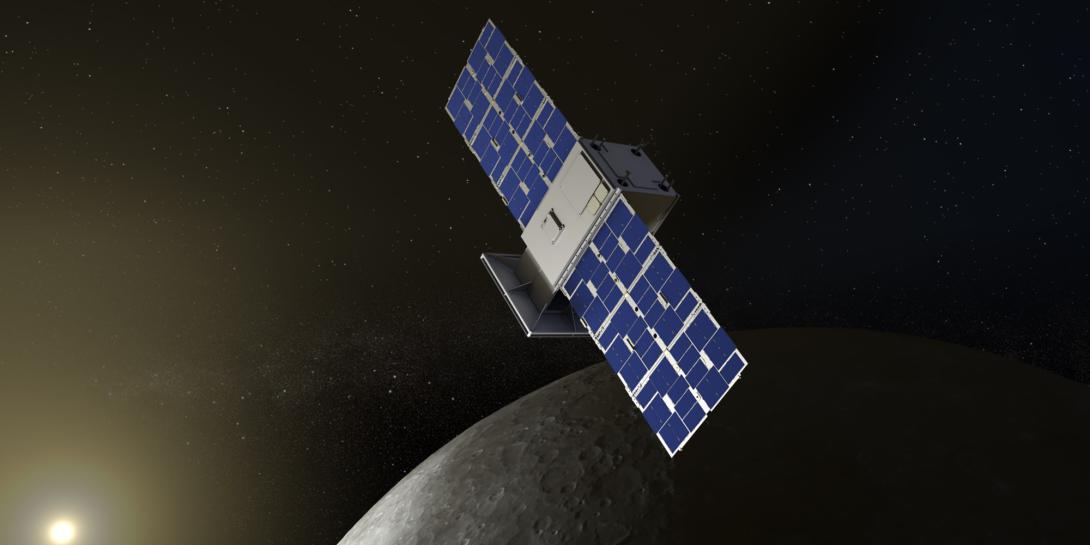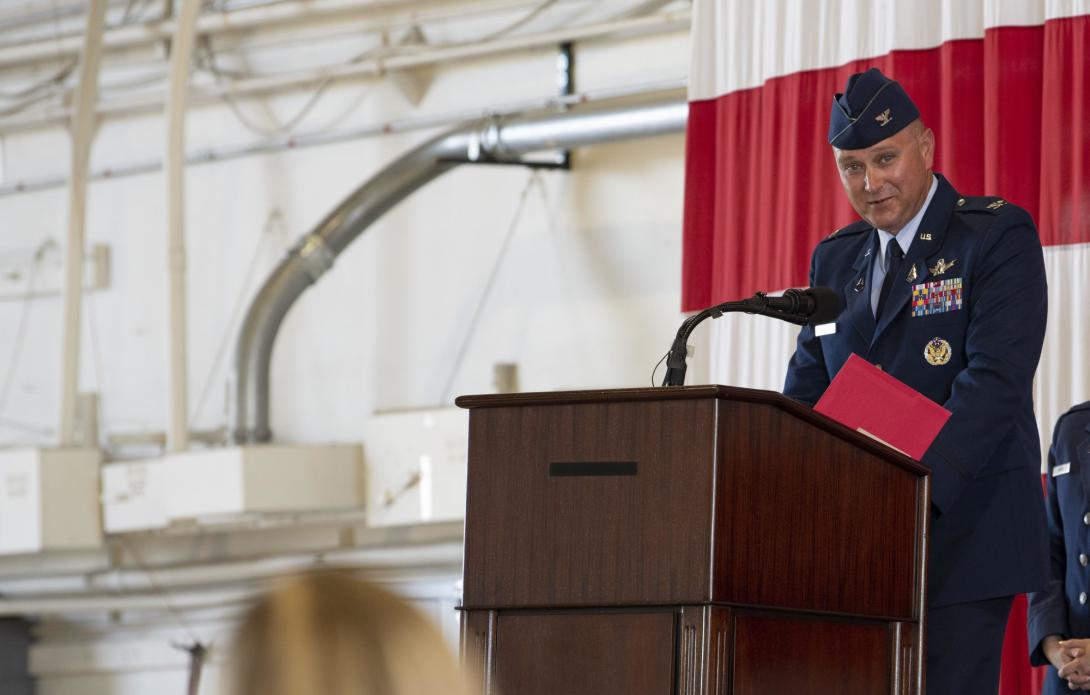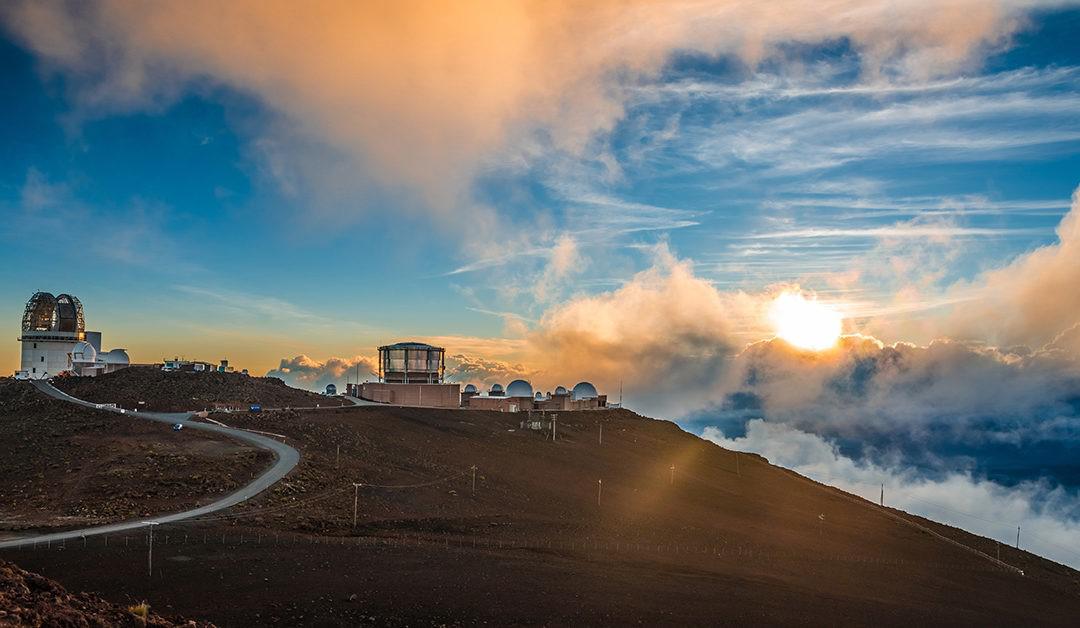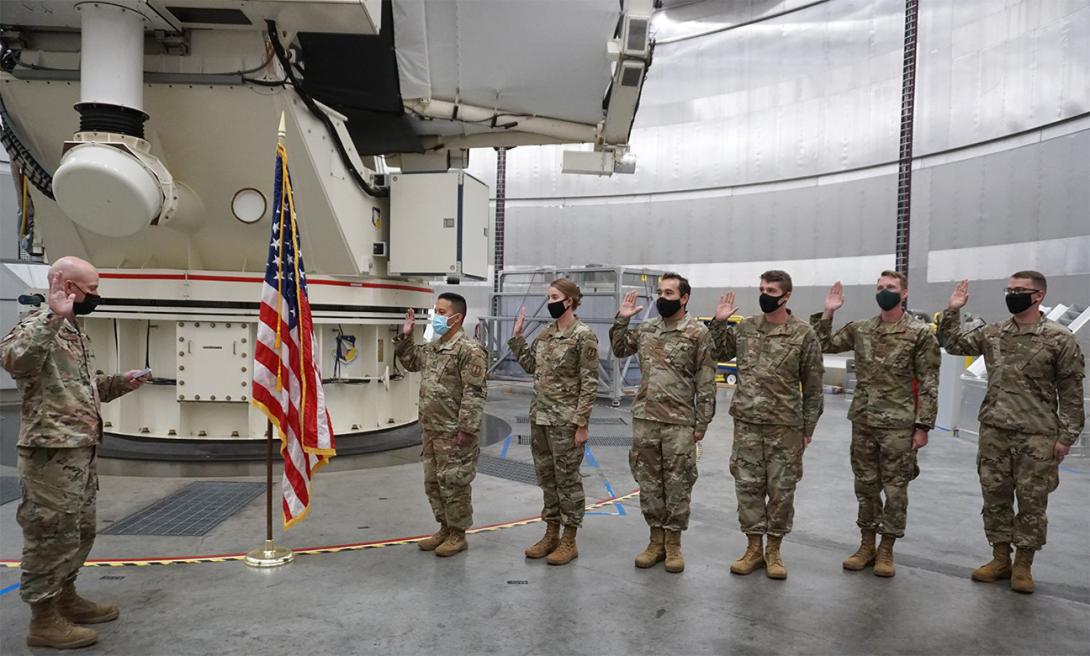The Forefront of Space Domain Awareness
With the growing number of satellite constellations comes an increasing amount of congestion in space, in addition to existing space assets and debris. But beyond the need to identify and manage space congestion is a role not quite as needed before—that of space defense. The ability to protect assets in space from adversaries is critical to the U.S. military and allies, and it starts with adroit space domain awareness. The operators of the U.S. Space Force’s Space Delta 2 aim to provide this crucial function. To meet the challenge, the service is investing in its space domain awareness infrastructure, updating legacy systems, reorganizing and adding squadrons to provide more advanced functionality for the modern era of near-peer threats in space, explains Col. Marc Brock, USSF, commander, Space Delta 2.
“When you look at the [space] domain itself, we really have two major challenges right now,” Col. Brock says. “The first is the ever-growing congestion in the domain. Just in the last calendar year, there are roughly 10,000 additional objects. That congestion is due in part to things like Russian antisatellite events like from November of last year. And it is due to our amazing commercial industry, companies like SpaceX, who are launching hundreds of satellites at a time at a rate that we’ve never seen, but which also adds to the congestion. The flip side is the contested aspect of the domain. When you look at what other nations are doing in the space domain…. what we are trying to do is shift our focus, shift our mindset, shift our culture, so our operators understand that we are here to provide the data that our systems need, and our allies need to understand when they are under threat. And this is a new mission focus for us.”
Headquartered at Peterson Space Force Base, Colorado, the two-year-old Space Delta 2 relies on military, civilian and contractors to operate or support space domain awareness functions at Vandenberg Space Force Base, California; Eglin Air Force Base, Florida; Kirtland Air Force Base, New Mexico; Maui, Hawaii; Huntsville, Alabama; and the Naval Support Facility Dahlgren, Virginia. Space Delta 2, which directly supports the service’s Space Operations Command, or SPoC, also has other teams that support operations across the globe in Australia, Greenland, Diego Garcia and the Kwajalein Atoll in the Marshall Islands. And naturally, many of Space Delta 2’s personnel and assets were U.S. Air Force functions before the Space Force was created.
Col. Brock is the second leader of Space Delta 2, having taken command in June of 2021, about a year after the Delta stood up. “All told, we’re actually not a very large delta, with roughly about 400 plus personnel, but when you look at it, we’re actually at 14 different locations with 12 different weapon systems all over the globe,” the colonel states. “We are responsible for both preparation and our 24/7 operations at multiple locations across the globe. The sun does not set on Delta 2.”
To modernize and provide critical space threat awareness, the Delta is redesigning itself. It now has four squadrons, with the addition of two new units to the two revamped legacy squadrons. “Our delta is … mission-focused on space domain awareness, and we’re a delta that’s evolving as we’ve built out some new squadrons,” the commander shares.
In Maui, the Space Force is standing up the new 15th Space Surveillance Squadron to have two components. The service’s intent is for the 15th to conduct traditional operations and cutting-edge research and development, “so that we can take that cutting-edge R&D and push it into operations as quickly as possible,” Col. Brock offers. That unique construct will require “great teamwork” between the Air Force, the Space Force, the Air Force Research Lab (AFRL) and Delta 2.
The 15th will include operators of the Ground-Based Electro-Optical Deep Space Surveillance (GEODSS) system that sits at 10,000 feet atop Maui’s Mt. Haleakalā. That operational telescope is one of three that the squadron will operate—the other two are in Socorro, New Mexico, just south of Kirtland Air Force Base and on the island of Diego Garcia. In addition, the AFRL operates several large telescopes on Mt. Haleakalā as part of the Air Force Maui Optical and Supercomputing Observatory, where the lab performs research and development—especially in advanced optics. “And so, that unit is going to be responsible for the operational GEODSS telescopes and the AFRL R&D systems,” the commander explains.
Meanwhile, the new 19th Space Defense Squadron housed at Space Delta 2’s inaugural Dahlgren facility in Virginia will be performing a new mission: cislunar domain awareness. As defined by NASA, cislunar is the orbital space near and around the moon.
“Right now, we do a very good job of identifying objects that are from the GEO [geosynchronous] regime,” Col. Brock observes. “Cislunar, or XGEO, that is the space beyond the geosynchronous orbit. For the objects that are there, their orbitology is governed by a more complex set of science because the moon and the Earth are really influencing the orbital mechanics, and so, it’s a harder problem set. And it’s a much larger volume of space. There are opportunities for both our allies, the United States and other nations to utilize that space, and we’ve got to make sure that we are surveilling and identifying both friendly and unfriendly objects in cislunar. And that is the role that we are giving to the 19th.”
In addition, the delta hopes to field a deep space advanced radar capability, “hopefully at three locations around the globe, which will give us all-weather, day/night capability to detect objects in deep space,” Col. Brock mentions.
The 19th Space Defense Squadron also includes a former detachment from the legacy 18th Space Control Squadron at Vandenberg that performs space flight safety. “The unit itself is going to go from being a detachment underneath the squadron to being a squadron of Delta 2,” the colonel states. “That unit traditionally had been a backup for the team of the 18th out of Vandenburg. Moving forward, they are going to continue that mission but will be given some of the additional challenges in the space domain.”
Given the growing need for space launches—Space Force leaders expect the service to have a couple hundred launch missions a year—the service needs to boost its space flight safety operations that conduct conjunction assessments and launch collision avoidance.
“We routinely predict where objects are going to be in space and we notify operators if there’s going to be a close approach, and then they can decide if they’re going to maneuver [around] those objects,” Col. Brock says. “That function will now be at Dahlgren with the 19th. Also, when somebody wants to launch a satellite into space, we will take their various possible trajectories and tell them if there’s a probability of them colliding with an object that is already in space. It relieves the stress on the 18th out of Vandenberg and gives a new mission set at Dahlgren.”
In turn, the rest of the 18th Space Control Squadron at Vandenberg is now called 18th Space Defense Squadron and is responsible for command and control of the entire space surveillance network. “That’s not just assets that we control within our delta,” the commander clarifies. “That’s also missile warning radar that fall under the purview of Space Delta 4 and some other assets like MIT [Massachusetts Institute of Technology] Lincoln Labs. The Army also has some SDA [space domain awareness] assets out at Kwajalein Atoll. Our squadron provides the tasking for those sensors and also maintains what’s called the object catalog of all the objects in the domain. Their primary responsibility is to provide situational awareness to senior leadership as to where things are in the space domain at any given time.”
In addition, the existing 20th Space Control Squadron is being revamped as the 20th Space Surveillance Squadron. The unit’s Guardians at Eglin operate the Eglin Radar as well as the new—and powerful— space fence radar capability housed at Kwajalein Atoll.
“Our capabilities have grown considerably,” the commander notes. “The space fence out of Kwajalein has an ability to track very small objects, and that we’ve been unable to do before. We’re really at a point where there’s been so much investment by the service to improve our space domain awareness both from a C2 [command and control] perspective but also from a sensor [perspective].”
The moniker changes of the two legacy squadrons are meant to emphasize the importance of the Space Delta 2’s expanded missions of space surveillance and awareness, the commander clarifies.
“It’s a fundamental shift in our industry,” he notes. “For years we have been focused only on that congested domain, providing a catalog of where objects are in space, supporting spaceflight safety, providing warning when objects are going to re-enter the atmosphere, we do that.”
Moreover, Space Delta 2 is looking to private industry solutions. “The other piece is that commercial industry [capabilities] out there are exploding in such a fantastic manner, so we are working to leverage that as much as we possibly can.” In particular, the delta is looking for space domain awareness sensors and analytical tools.
As for areas in which the delta could expand its space domain awareness capabilities, Col. Brock identifies the need for more assets in the Southern Hemisphere, possibly supplied by commercial prospects.
“The biggest capability challenges we have are really where it comes to the geographic location of some of our sensors,” he explains. “The vast majority of our sensors are in the United States. When we think of the ground-based missile warning radars, they are around the periphery of the U.S. We really don’t have a lot of capability in the Southern Hemisphere and … we’re looking at leveraging commercial data as much as possible to fill that gap. Commercial, academia, civil capabilities—we’re trying to find the best way at the lowest price point to fill that gap in our Southern Hemisphere tracking capability.”
The commander adds that the addition of sensors in Australia will aid space domain awareness for the U.S. Indo-Pacific Command’s (INDOPACOM) area of responsibility (AOR). “We are building out the sensors in Australia to help us cover in the INDOPACOM AOR,” he says. “In addition, Diego Garcia provides a lot of coverage in that area. So, what you’re looking at there is trying to surveil the geosynchronous regime or other areas in deep space over INDOPACOM. Between the sensors in Australia, Kwajalein, Maui and Diego Garcia we have some adequate coverage in that AOR.
“For the Southern Hemisphere, I am talking about low-Earth-orbiting objects when they are coming around the South Pole and they’re coming up, there’s very little coverage for us until they get near the Eglin Radar. If there are opportunities in the future to identify locations in the Southern Hemisphere, that would be fantastic.”
In addition, the capability to have pattern-of-life awareness—to detect changes in space assets over time—is something that the delta is considering.
“AFRL and our team out at Maui, they’re doing a lot of work on that, along with the Space Systems Command,” Col. Brock says. “Our systems today don’t currently leverage that capability, but quite frankly, it’s something that we need to leverage as we move forward. A lot of our systems are manually intensive to operate, so to really identify those pattern-of-life situations with satellites on orbit and shift to an AI- or ML- [artificial intelligence or machine learning] based capability that can analyze historical patterns for satellites and then give us advanced warning, that would be hugely beneficial to us.”









Comments